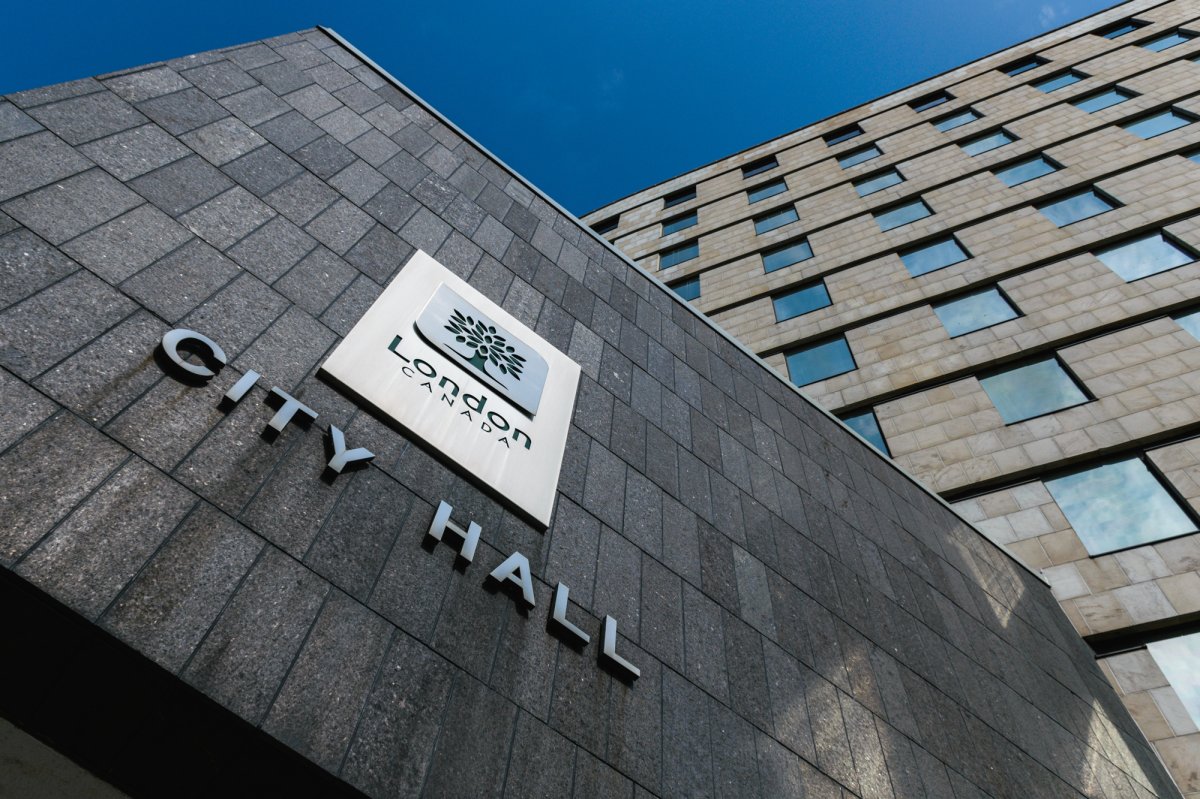After spending years investigating what to do with London’s waste once the existing landfill reaches capacity in 2024, city staff are proposing a straightforward approach: expand upwards.

In a report presented to the waste management working group on Tuesday, a draft decision is recommending that the landfill expand 26 metres higher to extend the life of the landfill by another 25 years.
“Four years ago we got started with a process to develop a ‘terms of reference,’ essentially the work plan, to look at: what we do with landfill space? Do we go up, do we go to the north of our landfill site or do we go to the east to the landfill site?” says Jay Stanford, head of London’s waste management department.
“Essentially over the years, we did a number of technical studies and what’s been determined is it is best environmentally, financially to essentially add a number of metres to the top of the landfill site.”
The Proposed Draft Environmental Assessment Study Report for the Expansion of the W12A Landfill recommendation comes with a hefty $55 to $90 million price tag, but Stanford says “a well-designed and well-located landfill site is one of the cheapest options.”
- B.C. introduces legislation recognizing Haida Gwaii Indigenous title
- Whale experts confident B.C. orca calf will survive, find family if rescue plan succeeds
- Plastic production cap still contentious as Ottawa set to host treaty talks
- Chemical plant shuts down after high benzene levels detected near Ontario First Nation
“Keep in mind, that is over a 25-year period. So when you look at it financially, a landfill site well-designed, you spend the money for environmental features, you spend the money to be as least disruptive in the neighbourhood as possible.”
He also says staff believe that expanding in height would actually be a better choice for dealing with odours than expanding in width, because the odours wouldn’t be spread through a larger landmass.
The biggest issue staff have heard, according to Stanford, is visual.
“That is why we’ve done our best to sort of describe it in this case as a nine-storey-tall building being placed on top of what is already the equivalent of a six-storey-tall building. So when you start looking at the visual aspects, we think that is and we’ve heard from the community it’s one of the biggest concerns,” he said.
“We’re going to have to make sure that we operate that where we’re not seeing as much visual activity or the least amount of visual activity as possible by proper design features.”
The goal for Stanford, though, is to not fill up the landfill and to instead improve on waste diversion efforts. According to staff, the residential waste diversion rate is 45 per cent. The city hopes to bring that number up to 60 per cent by the end of 2022.
“Waste disposal should be looked at as the last opportunity. But to be quite honest, taking care of your waste within your municipal boundaries is something that in our case here, we are proud we’re able to do that. We’re not passing our burden to some other municipality.”
According to the report, staff say if the draft plan is approved by full council in mid-April, the hope is that the Ministry of the Environment, Conservation and Parks’ approval process will be complete by March 2022.









Comments